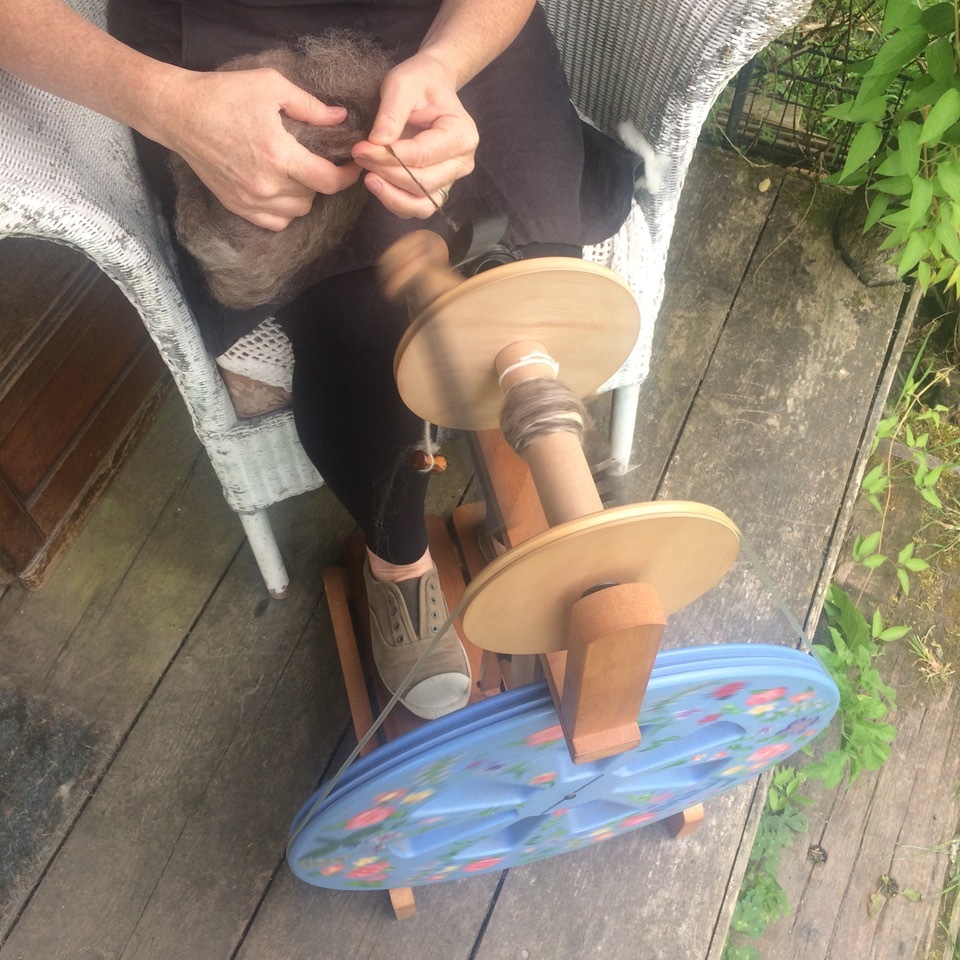Waking in winter is strange, it always feels too dark still to rise, the air too close, hands pressing down and whispering, urging you to stay a while longer. It takes lengthy and gentle persuasion to coax myself out of these warm solaces I have made, carefully unwrapping blankets like peeling back layers of wrapping paper. Stumbling around with shivering limbs and fuzzy eyes, those dark mornings didn’t even feel real sometimes. Summer mornings though bring another kind of unreality. Pastel hues, brighter than you might imagine, that tease you out from sleep before you even knew you were ready.
I remember camping in the summer, waking early and still enveloped in the soft dyed light that peered through coloured canvases. I wriggled out from the tangle of sleeping bags amongst the murmuring of quietly pulled zips. Half falling out of the tent’s door, I stepped into the light. Just before it was light really, like I was looking at it through a layer of water. And there was water, a low hanging mist that dangled playfully around my feet, twisting up the just emerging colours. It danced in between the overgrown grass in the rambling campsite, amongst the nodding heads of wild flowers, the childish dot to dot of vibrant tents and chairs, of flags with trailing bunting. It was soft but not like the quieting winter morning, much more open. The cornflower blue was just beginning to spread in the sky over the barely fading pinks and reds, those blushing hues of sunrise. They were making way for the sun to find its place once more as it began to stretch out its legs again and somewhere far off, or maybe not so far, I remember hearing a camping kettle begin to whistle. Another early riser.
Walking though the fresh, cool grasses I skirted round the nodding wild flowers that still stood tall between the tents and watched the swallows that ducked and soared around the sleeping campers. I found myself almost tiptoeing as I walked, unwilling to disturb this peace that I had accidentally found myself in. To my right I heard the gentle humming of bees, to my left the whispering of branches in trees as the breeze caught them. Just the previous night we had heard an owl singing in it, gathered together in the tent, hushing one another while we worked out what it was. I skipped over tent ropes, pushed my hair from my face, and began to hear already the sounds of others waking. Soon the fields would be full of voices once again, the simpler quiet of the early morning almost forgotten but, of course, it would be here again tomorrow waiting patiently to shake off our sleep once more.
I am a lover of winter but these summer mornings have a place in my heart that goes deep. It’s these mornings in the light that still hold the soft singing of a kettle on an open stove, a beckoning up and onward, an invitation to gently shake off the winter slumbers, to rub my eyes and step out once again.
Hannah Franklin
Find Hannah writing at 'Sifting for Treasures' here


































































